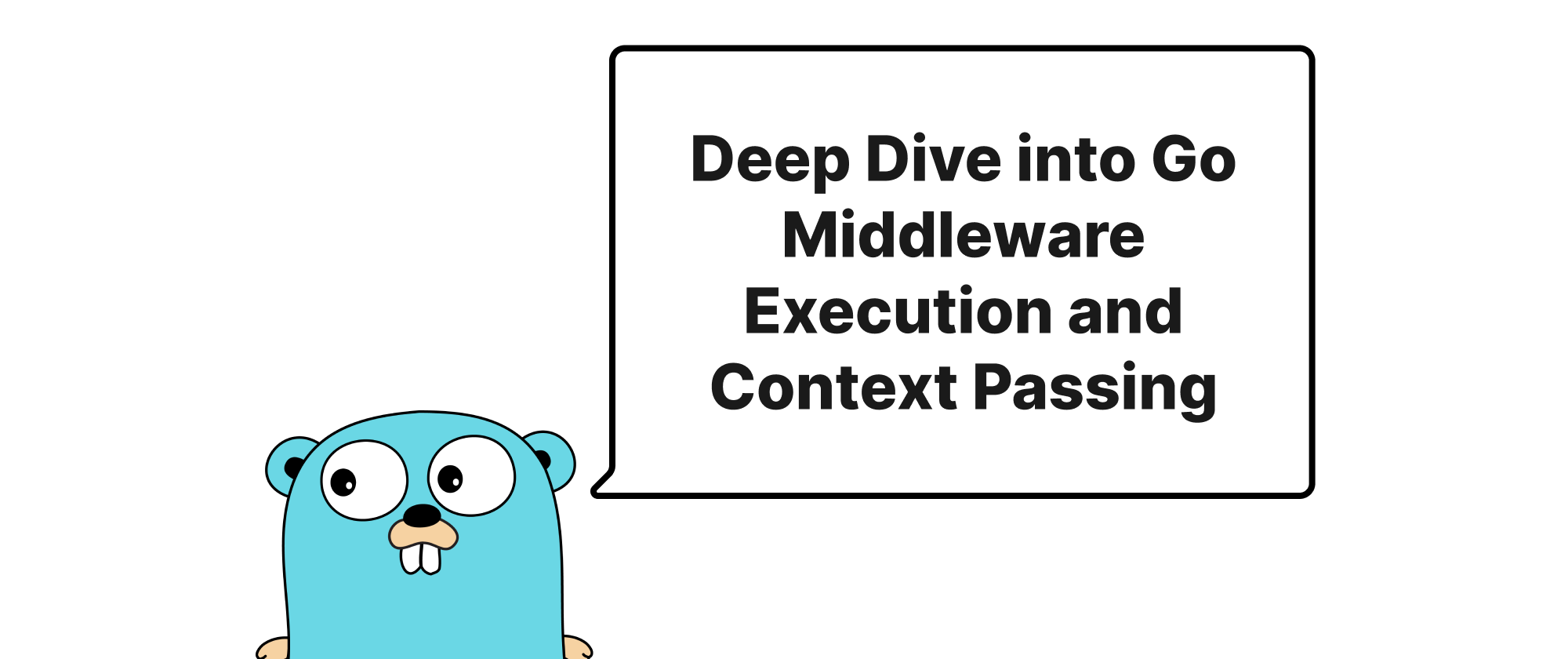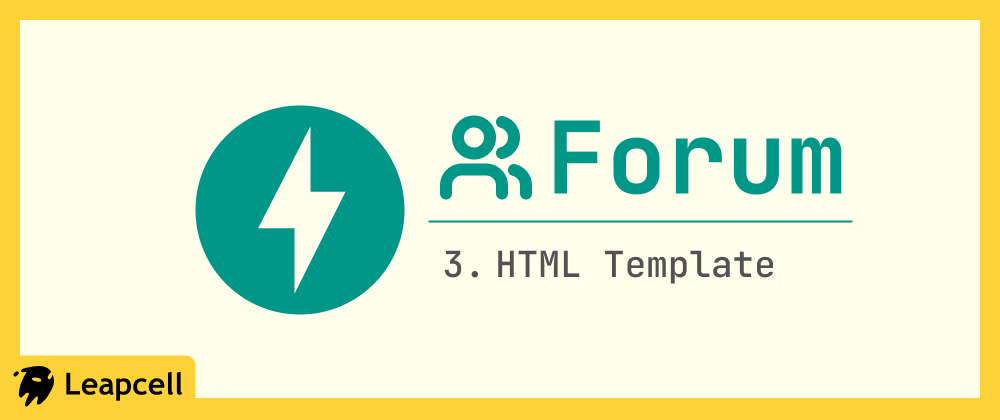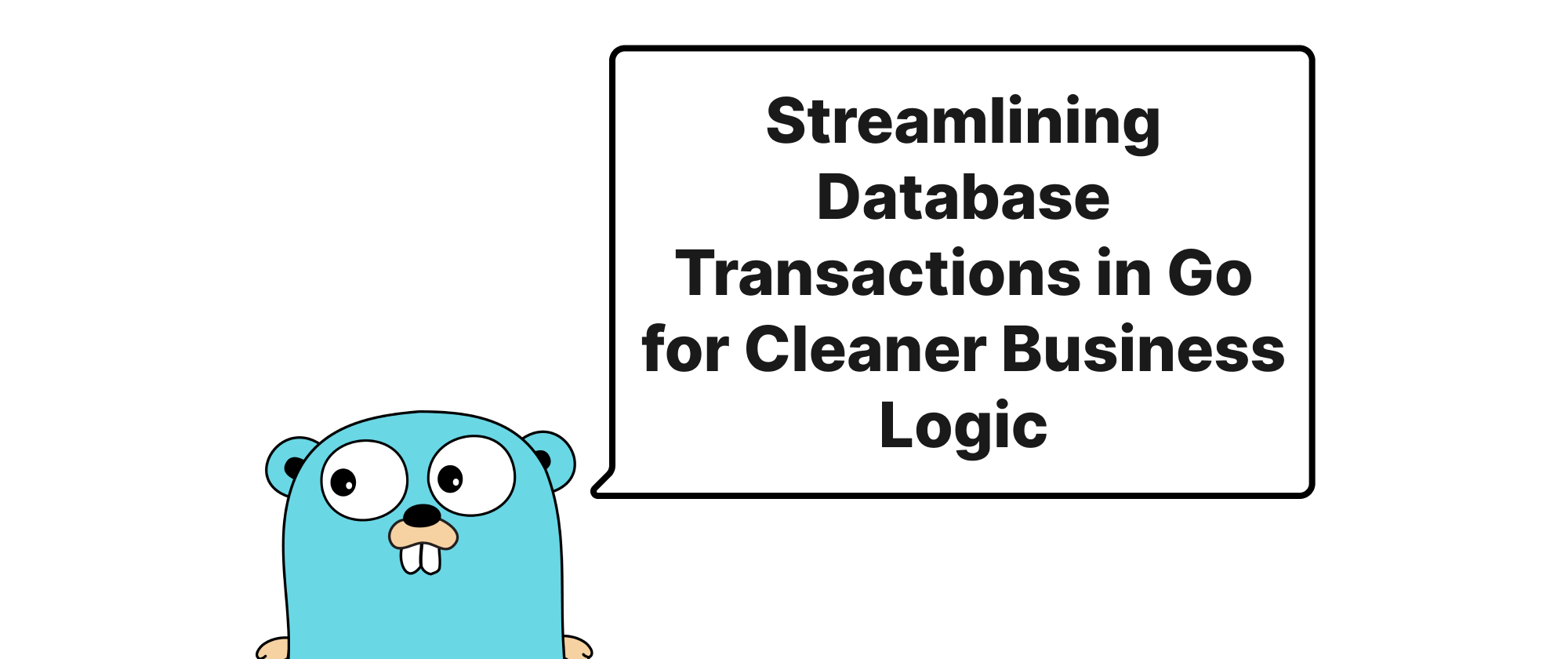Deep Dive into Go Middleware Execution and Context Passing
Emily Parker
Product Engineer · Leapcell

Introduction
In the world of web development, building robust, scalable, and maintainable APIs often involves handling various cross-cutting concerns such as authentication, logging, request tracing, and error handling. Directly embedding these concerns into every handler function can lead to code duplication, increased complexity, and reduced modularity. This is precisely where middleware shines. Go middleware offers an elegant and powerful pattern to decouple these concerns, allowing developers to compose request processing pipelines in a clean and efficient manner. As requests traverse these pipelines, a crucial element is the context.Context object, which acts as a carrier for request-scoped values, deadlines, and cancellation signals. Understanding how middleware executes and how context.Context values propagate through this execution chain is fundamental to writing effective and idiomatic Go web services. This article will delve into the execution flow of Go middleware and illuminate the mechanics of context.Context value passing, providing concrete examples to solidify the concepts.
Core Concepts of Middleware and Context
Before diving into the intricate execution flow, let's establish a clear understanding of the core terms we'll be discussing.
Middleware: In the context of Go web servers, middleware is a function that sits between the server and the application handler. It intercepts HTTP requests and/or responses, allowing you to perform pre-processing (e.g., authentication, logging) before the request reaches the actual handler, and/or post-processing (e.g., response modification, error logging) after the handler has executed. Middleware functions typically take the next handler in the chain as an argument and return a new http.Handler function, effectively forming a chain of responsibility.
http.Handler: This is an interface defined in Go's net/http package with a single method ServeHTTP(ResponseWriter, *Request). Any type that implements this interface can act as an HTTP request handler. Middleware functions often wrap or return an http.Handler.
http.HandlerFunc: This is an adapter that allows you to use an ordinary function as an http.Handler. If f is a function with the signature func(ResponseWriter, *Request), then http.HandlerFunc(f) is a http.Handler that calls f.
context.Context: This interface, found in the context package, provides a way to carry request-scoped values, cancellation signals, and deadlines across API boundaries and between processes. It's an immutable, tree-structured object. When a new context is derived from an existing one, it forms a child context. context.Context is crucial for propagating information like user IDs, trace IDs, and request-specific settings through multiple layers of an application without explicitly passing them as function arguments everywhere.
The Execution Flow of Go Middleware
Go middleware, particularly those built around the net/http package, typically follows a "chain of responsibility" pattern. Each middleware function takes the "next" http.Handler in the pipeline as an argument and returns a new http.Handler. This new handler then calls the next handler explicitly.
Consider a simplified middleware structure:
package main import ( "fmt" "log" "net/http" "time" ) // LoggerMiddleware logs details about the incoming request. func LoggerMiddleware(next http.Handler) http.Handler { return http.HandlerFunc(func(w http.ResponseWriter, r *http.Request) { start := time.Now() log.Printf("Incoming Request: %s %s", r.Method, r.URL.Path) next.ServeHTTP(w, r) // Call the next handler in the chain log.Printf("Request Handled: %s %s - Duration: %v", r.Method, r.URL.Path, time.Since(start)) }) } // AuthMiddleware simulates a simple authentication check. func AuthMiddleware(secret string, next http.Handler) http.Handler { return http.HandlerFunc(func(w http.ResponseWriter, r *http.Request) { token := r.Header.Get("X-Auth-Token") if token != secret { http.Error(w, "Unauthorized", http.StatusUnauthorized) return // Stop the chain if unauthorized } log.Println("Authentication successful") next.ServeHTTP(w, r) // Call the next handler in the chain }) } // MyHandler is the actual application logic handler. func MyHandler(w http.ResponseWriter, r *http.Request) { fmt.Fprintln(w, "Hello from MyHandler!") } func main() { // Build the middleware chain from the innermost to the outermost finalHandler := http.HandlerFunc(MyHandler) authProtectedHandler := AuthMiddleware("my-secret-token", finalHandler) loggedAuthProtectedHandler := LoggerMiddleware(authProtectedHandler) http.Handle("/", loggedAuthProtectedHandler) log.Println("Server starting on :8080") if err := http.ListenAndServe(":8080", nil); err != nil { log.Fatalf("Server failed: %v", err) } }
In this example, the main function constructs the middleware chain:
MyHandleris the innermost handler.AuthMiddlewarewrapsMyHandler.LoggerMiddlewarewrapsAuthMiddleware.
When an HTTP request arrives, the execution flow is as follows:
- The request first hits
LoggerMiddleware. LoggerMiddlewareperforms its pre-processing (logging "Incoming Request").LoggerMiddlewarethen callsnext.ServeHTTP(w, r), which in this case is theAuthMiddleware's handler.AuthMiddlewareperforms its pre-processing (checking the token).- If authentication is successful,
AuthMiddlewarecallsnext.ServeHTTP(w, r), which isMyHandler. MyHandlerexecutes its application logic (writing "Hello from MyHandler!").- Control returns to
AuthMiddlewareafterMyHandlercompletes. - Control then returns to
LoggerMiddlewareafterAuthMiddlewarecompletes. LoggerMiddlewareperforms its post-processing (logging "Request Handled").
This cascading call and return mechanism is the essence of middleware execution. If any middleware decides to short-circuit the request (e.g., AuthMiddleware returning an Unauthorized error), it simply doesn't call next.ServeHTTP, and the request processing stops there, preventing subsequent middleware and the actual handler from executing.
Context Value Passing
The context.Context object is an integral part of http.Request. Every http.Request has a Context() method that returns the request's context.Context. Middleware can use this context to attach request-scoped values and propagate them down the chain. This is achieved using context.WithValue.
The key principle is that when a middleware adds a value to the context, it returns a new context derived from the original. It then calls the next handler in the chain with a new request that holds this updated context.
Let's enhance our example to demonstrate context passing:
package main import ( "context" "fmt" "log" "net/http" "time" ) // A custom type for context keys to avoid collisions. type contextKey string const ( requestIDContextKey contextKey = "requestID" userIDContextKey contextKey = "userID" ) // RequestIDMiddleware generates a unique request ID and attaches it to the context. func RequestIDMiddleware(next http.Handler) http.Handler { return http.HandlerFunc(func(w http.ResponseWriter, r *http.Request) { requestID := fmt.Sprintf("%d-%d", time.Now().UnixNano(), time.Now().Nanosecond()) // Create a new context with the request ID ctx := context.WithValue(r.Context(), requestIDContextKey, requestID) // Create a new request with the updated context next.ServeHTTP(w, r.WithContext(ctx)) // Pass the new request with the updated context }) } // AuthMiddleware now stores the authenticated user ID in the context. func AuthMiddlewareWithContext(secret string, next http.Handler) http.Handler { return http.HandlerFunc(func(w http.ResponseWriter, r *http.Request) { token := r.Header.Get("X-Auth-Token") if token != secret { http.Error(w, "Unauthorized", http.StatusUnauthorized) return } // In a real app, you'd validate the token and extract a user ID userID := "user-123" // Mock user ID // Create a new context with the user ID ctx := context.WithValue(r.Context(), userIDContextKey, userID) log.Printf("Authentication successful for user: %s (RequestID: %v)", userID, ctx.Value(requestIDContextKey)) next.ServeHTTP(w, r.WithContext(ctx)) // Pass the new request with the updated context }) } // MyHandler now retrieves values from the context. func MyHandlerWithContext(w http.ResponseWriter, r *http.Request) { requestID := r.Context().Value(requestIDContextKey) userID := r.Context().Value(userIDContextKey) fmt.Fprintf(w, "Hello from MyHandler!\n") fmt.Fprintf(w, "Request ID: %v\n", requestID) fmt.Fprintf(w, "Authenticated User ID: %v\n", userID) } func main() { finalHandler := http.HandlerFunc(MyHandlerWithContext) authWithContext := AuthMiddlewareWithContext("my-secret-token", finalHandler) requestIDAddedHandler := RequestIDMiddleware(authWithContext) loggedRequestIDAddedHandler := LoggerMiddleware(requestIDAddedHandler) // LoggerMiddleware still works fine http.Handle("/", loggedRequestIDAddedHandler) log.Println("Server starting on :8080") if err := http.ListenAndServe(":8080", nil); err != nil { log.Fatalf("Server failed: %v", err) } }
Explanation of Context Passing:
- Immutability:
context.Contextobjects are immutable. When you add a value usingcontext.WithValue(parentCtx, key, value), it doesn't modifyparentCtx. Instead, it returns a new context that "forks" fromparentCtxand contains the new key-value pair. r.WithContext(ctx): Thehttp.Requestobject also has an immutable nature concerning its context. To associate a new context with a request, you must create a new request object usingr.WithContext(newCtx). This operation returns a copy of the original request with the provided context.- Propagation: Each middleware, after adding its specific data to the context, passes this new request object (containing the updated context) to the
next.ServeHTTPcall. This ensures that subsequent middleware functions and the final handler always receive the latest context, accumulating all the values added upstream. - Retrieval: Any downstream part of the application (another middleware, the controller, or even deeper service layers) can retrieve values from the context using
ctx.Value(key). It's crucial to use distinct, preferably custom-type,contextKeyvalues to prevent conflicts when multiple middleware components add values to the context.
In our updated example:
RequestIDMiddlewarecreates a context with arequestIDand passes a new request object toAuthMiddlewareWithContext.AuthMiddlewareWithContextretrieves therequestID(if needed for logging) and then adds theuserIDto the context, creating another new context. It then passes a new request object (containing bothrequestIDanduserID) toMyHandlerWithContext.MyHandlerWithContextat the end of the chain receives the final request object, which has a context carrying both therequestIDanduserID.
Conclusion
Understanding the execution flow of Go middleware as a chain of responsibility and the immutable nature of context.Context objects with their explicit r.WithContext() propagation is essential for building robust and idiomatic Go applications. Middleware provides a powerful mechanism for modularizing cross-cutting concerns, while context.Context offers an elegant solution for sharing request-scoped data throughout this processing pipeline without polluting function signatures. Mastering these concepts empowers developers to design clean, efficient, and scalable web services in Go.


